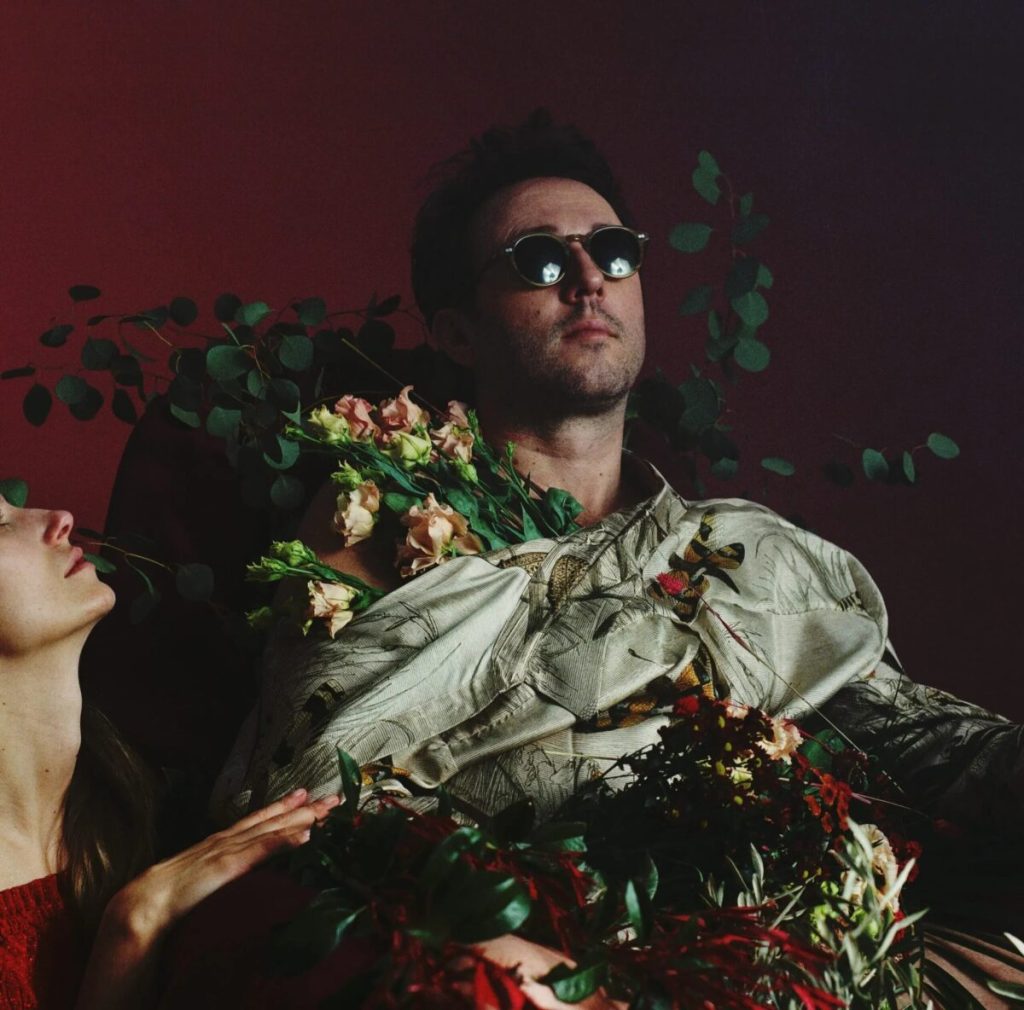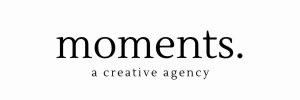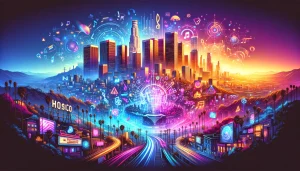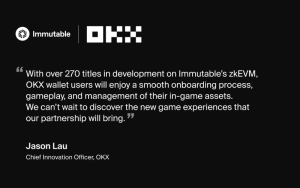Musée d’Orsay Groups With Agoria for First Web3 Artwork Exhibition

Advertisement: Click here to learn how to Generate Art From Text
The Musée d’Orsay has invited artist, composer, and DJ Sebastién Devaud—also called Agoria—to exhibit work that provides his distinctive perspective on the museum’s structure and collections, as a part of its ongoing partnership with the Tezos Basis.
A prolific creator and enthusiastic participant on the planet of Web3 digital artwork, Agoria’s work takes data from the pure world and processes it utilizing algorithms and AI instruments to create every completed piece.
Agoria’s exhibition “Le Code D’Orsay” will function two works minted on the Tezos blockchain. On show from Feb. 13 to March 10, the items “Σ Lumina” and “Interpretation by Saccharomyces cerevisiae of The Painter’s Studio by Gustave Courbet” resonate with the museum’s collections. Agoria has additionally ready an unique musical composition to accompany the items, which museum attendees can hear as a preview on the exhibition—and dwell at Agoria’s Feb. 23 DJ set on the museum.
“I attempt to join the bodily with the digital, the dwelling with the cryptic. Though digital and bodily are sometimes in opposition, I attempt to reverse this relationship and reconcile them,” Agoria mentioned in an announcement.
Sculpture, Mild, and Reside Minting
To Agoria, “Σ Lumina,” an intricate, metallic bodily sculpture he created in partnership with artist Johan Lescure, is a solution to manifest the connection between the organic and the digital.
Mild projected on the sculpture creates a shadow containing a QR code, which guests can use to work together with the work. After scanning the QR code with their smartphones, guests are invited to blow into their machine’s microphone.
“I attempt to join the bodily with the digital, the dwelling with the cryptic. Though digital and bodily are sometimes in opposition, I attempt to reverse this relationship and reconcile them.”
AGORIA
This particular person breath, distinctive to every human being, transforms the digital sculpture in a approach that can not be replicated. Guests can then mint this transformation with them as a Tezos NFT.
This course of, referred to as dwell minting, is in partnership with the open generative artwork platform fx(hash) and the open-source FeralFile app.
Agoria and Lescure may even create between 4 and 7 unique works impressed by these visitor-created photographs, which might be a part of a sale with earnings donated to the museum.
Artwork, Interpreted By Yeast
To create the second piece, “Interpretation by Saccharomyces cerevisiae of The Painter’s Studio by Gustave Courbet,” Agoria did one thing wildly unique. He collaborated with a bunch of scientists to develop a yeast tradition; they engineered the circumstances for the yeast’s progress to echo the historic occasions that formed the painter Gustave Courbet’s life (1819-1877).
Agoria took the info from this experiment and used it in his technical processes to digitally alter Courbet’s 1855 masterpiece, “The Painter’s Studio.”
Followers of the exhibition also can get pleasure from a free Feb. 22 convention on the museum, that includes Agoria alongside Nicolas Desprat and Jean-Baptiste Boulé, two of the biologists who helped deliver the piece to (literal) life.
The next day, Agoria will carry out a DJ set, together with “Getaway,” a brand new piece created in collaboration with Madison McFerrin and Nile Rogers. Persevering with the exhibition’s theme of deciphering the museum’s historic collections by a digital lens, the music is specifically tailored for “Le Code D’Orsay” and bridges gaps between historic intervals and aesthetic actions.







